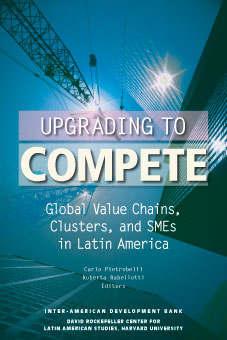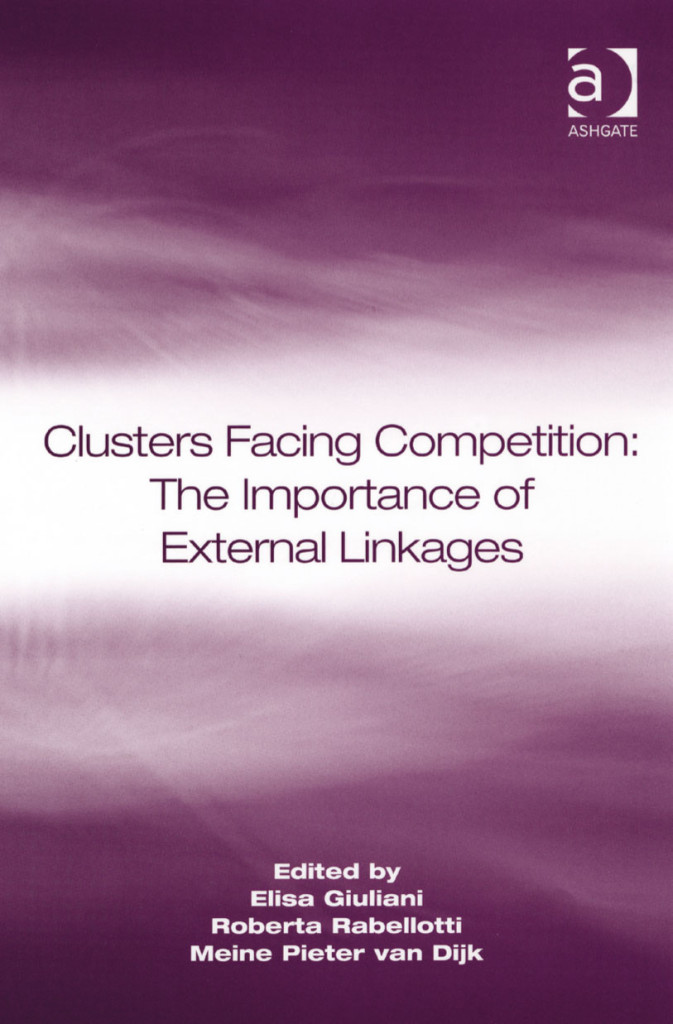Oxford Development Studies, 36(1): 39-58
The paper is co-authored with Andrea Morrison and Carlo Pietrobelli.
It presents a critical review of the Global Value Chain literature in light of the “Technological Capabilities” approach to innovation in LDCs. Participation in GVC is beneficial for firms in LDCs, which are bound to source technology internationally. However, the issues of learning and technological efforts at the firm-level remain largely uncovered by the GVC literature.
We propose a shift in the empirical and theoretical agenda, arguing that research should integrate the analysis of the endogenous process of technological capability development, of the specific firm-level efforts and of the mechanisms allowing knowledge to flow within and between different global value chains into the GVC literature.


